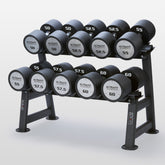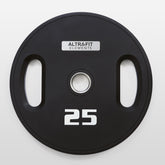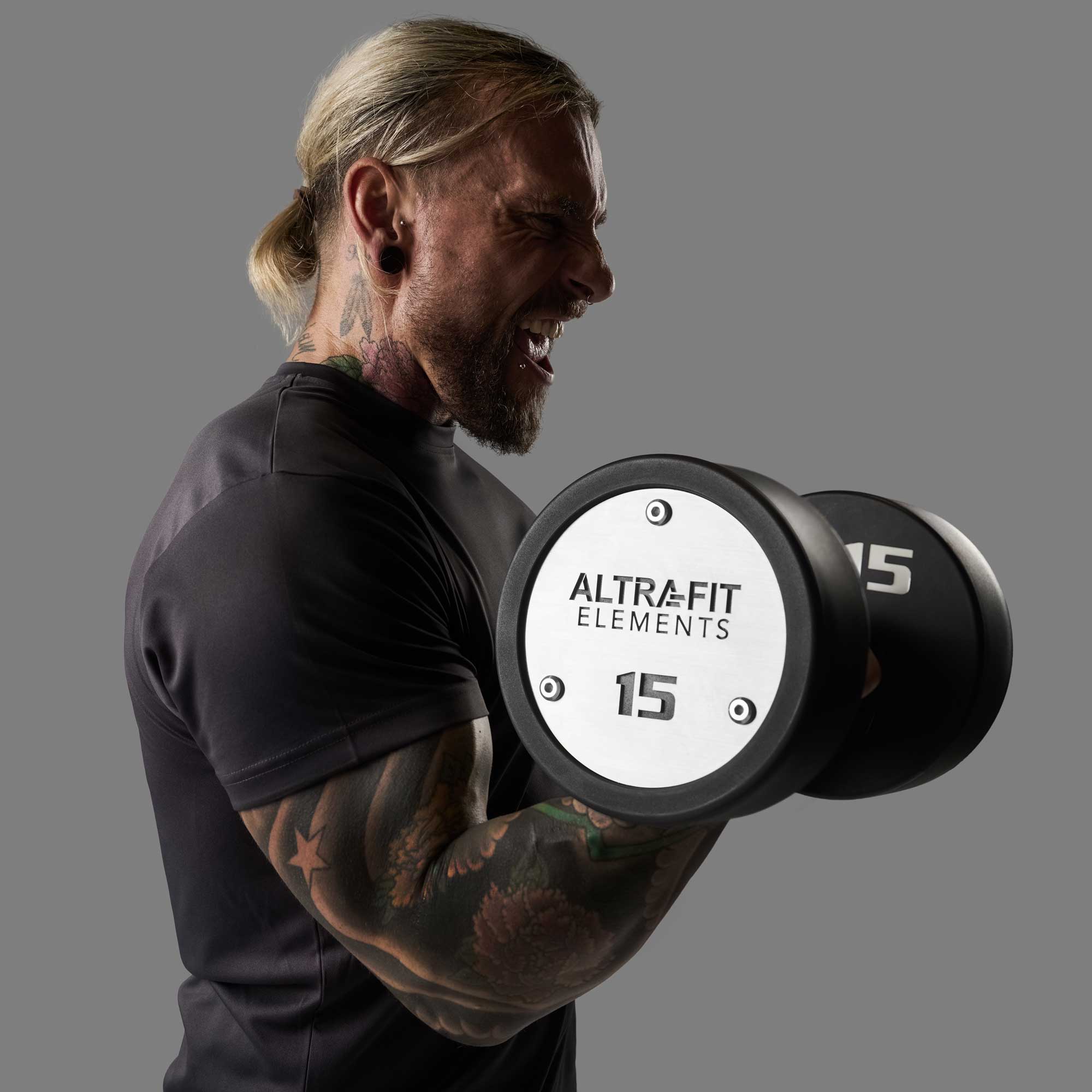The Ultimate Guide to Warming Up for Weight Training
Warming up before weight training is crucial for preventing injuries and optimising performance. Whether you're a regular gym-goer or a beginner, a proper warm-up can make all the difference in your workout, helping reduce the risk of injury and improve performance. Warm-ups become increasingly essential as we get older, and our posture worsens and our muscles become tighter and our joints more restricted. In this guide, we'll delve into the best ways to warm up for weight training, with specific routines tailored for both upper and lower body workouts.
Why a Warm-Up Matters:
Before diving into heavy lifting, it's essential to prepare your body for the demands of exercise. A good warm-up serves several purposes:
- Increased Blood Flow: Warming up increases blood flow to the muscles, warming them up and delivering oxygen and nutrients. It helps prepare the muscles for the upcoming stress they will be placed under.
- Enhanced Muscle Elasticity: By gradually increasing muscle temperature, a warm-up improves muscle elasticity, reducing the risk of strains and tears.
- Improved Joint Mobility: Dynamic stretches and movements included in a warm-up routine help improve joint mobility, enhancing range of motion during exercise.
- Mental Preparation: A warm-up not only prepares your body but also your mind, helping you focus and get in the right mindset for your workout.
Now, let's explore two effective warm-up routines—one for the upper body and one for the lower body.
Upper Body Warm-Up Routine:
- Arm Circles: Stand tall with your arms extended straight out to the sides. Begin making small circles with your arms, gradually increasing the size of the circles. Perform 10 circles forward and 10 circles backward. You can also perform these with a resistance band, holding outstretched in front of you and rotating all the way back until your arms are behind you by your lower back, and then return all the way forward until your hands are in front of you, by your side.
- Arm Swings: Stand with your feet hip-width apart. Swing your arms forward and backward in a controlled motion, gradually increasing the range of motion. Perform 10 swings forward and 10 swings backward. Ensure to squeeze your shoulder blades together and push them forward each repetition.
- Shoulder Rolls: Roll your shoulders forward in a circular motion for 10 repetitions, then reverse the direction for another 10 repetitions.
- Cat-Cow Stretch: Start on your hands and knees, with your wrists aligned under your shoulders and your knees under your hips. Inhale as you arch your back, lifting your chest and tailbone towards the ceiling (cow pose). Exhale as you round your spine, tucking your chin to your chest and drawing your belly button towards your spine (cat pose). Repeat for 10 cycles.
- Push-Up Prep: Perform 5-10 push-up preps, starting on your knees if needed. Focus on engaging your core and maintaining proper form throughout the movement.
Bonus – Hanging from a pull-up bar with help decompress your spine and further loosen up your shoulders. Pro Tip – adding in twists of your lower body each side will help increase the stretch as well as open up your spine.
Lower Body Warm-Up Routine:
- Leg Swings: Stand next to a wall or sturdy object for support. Swing one leg forward and backward in a controlled motion, keeping it straight. Perform 10 swings on each leg – aim to reach a little higher each time. You can also turn sideways and perform these to help open the hips, swinging inside to out.
- Hip Circles: Stand tall with your hands on your hips. Circle your hips in a clockwise motion for 10 repetitions, then repeat in a counter-clockwise direction for another 10 repetitions.
- Walking Lunges: Take a step forward with your right foot, lowering your body until both knees are bent at a 90-degree angle. Push off your right foot to bring your left foot forward into the next lunge. Continue alternating legs for 10 lunges on each side.
- Bodyweight Squats: Stand with your feet shoulder-width apart, toes slightly turned out. Lower your body into a squat position, keeping your chest up and your knees tracking over your toes. Perform 10-15 bodyweight squats, focusing on depth and form.
- Leg Raises: Lie on your back with your legs straight. Lift one leg towards the ceiling, keeping it straight or slightly bent at the knee. Lower it back down slowly and repeat with the other leg. Perform 10 raises on each leg.
Conclusion:
A thorough warm-up is essential for preparing your body for weight training and reducing the risk of injury. Incorporating dynamic stretches, mobility exercises, and activation drills specific to the upper and lower body can help improve performance and enhance your overall workout experience. By dedicating time to warm up properly, you'll set yourself up for success in the gym and get the most out of your training sessions.







